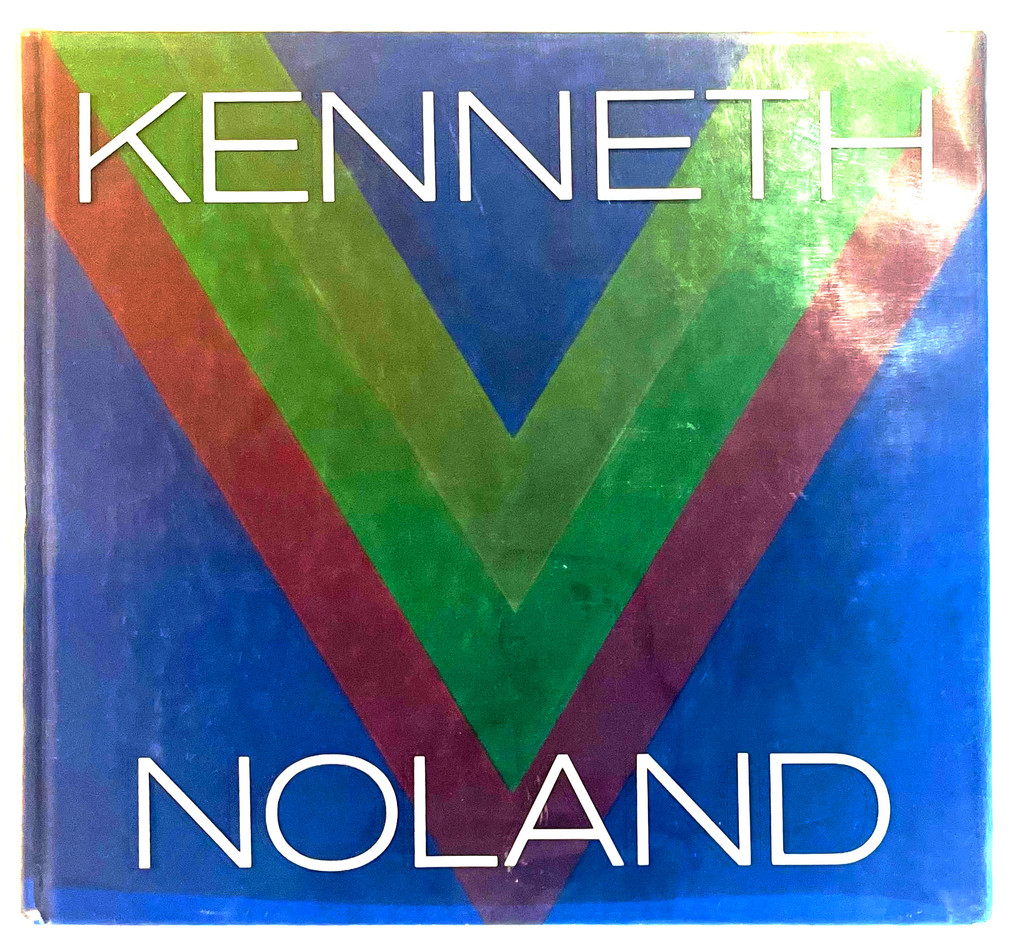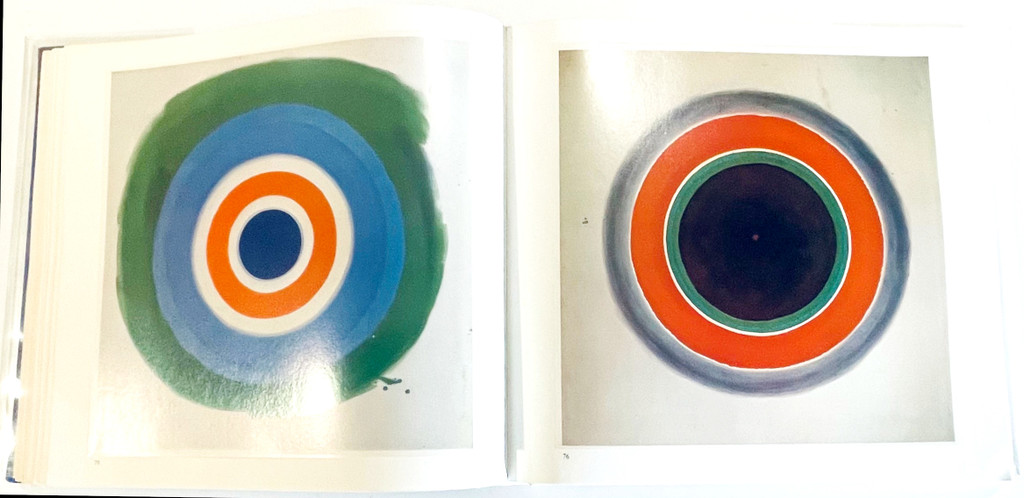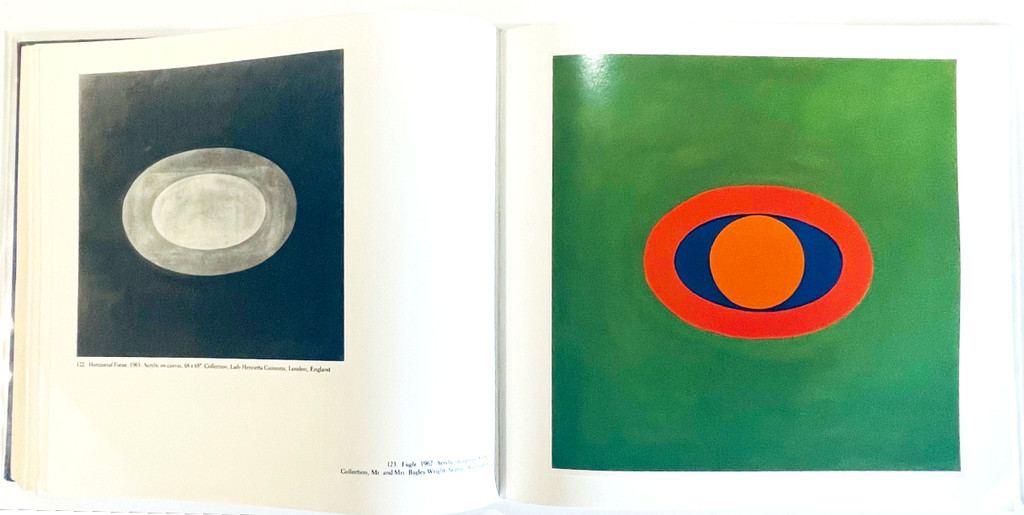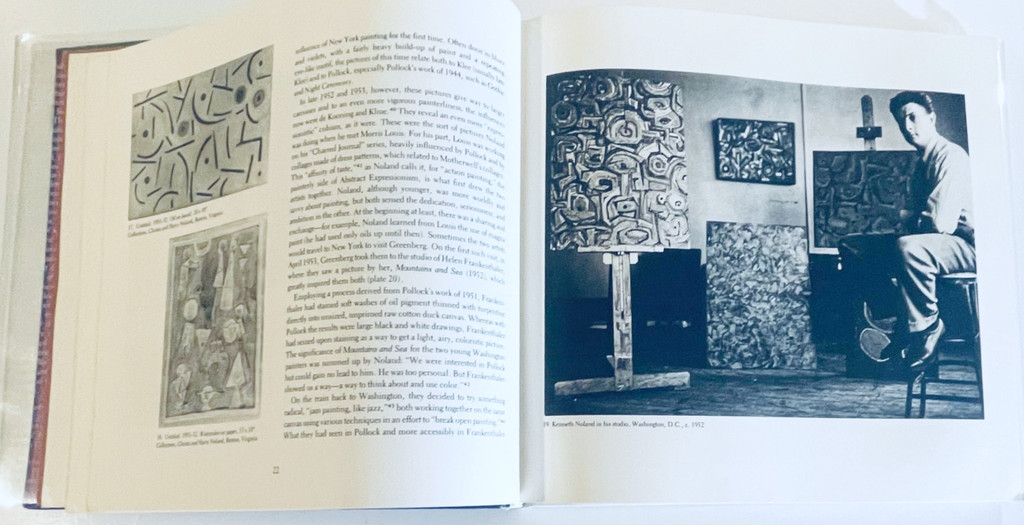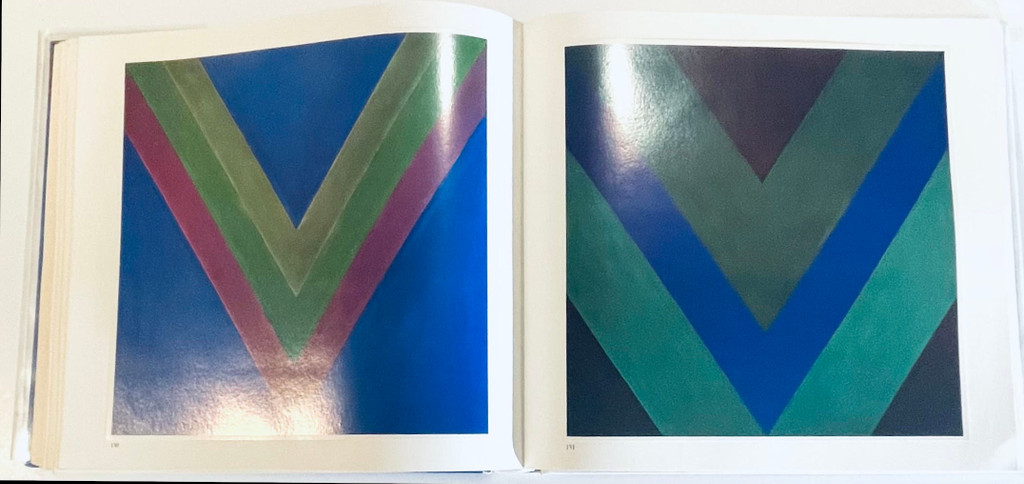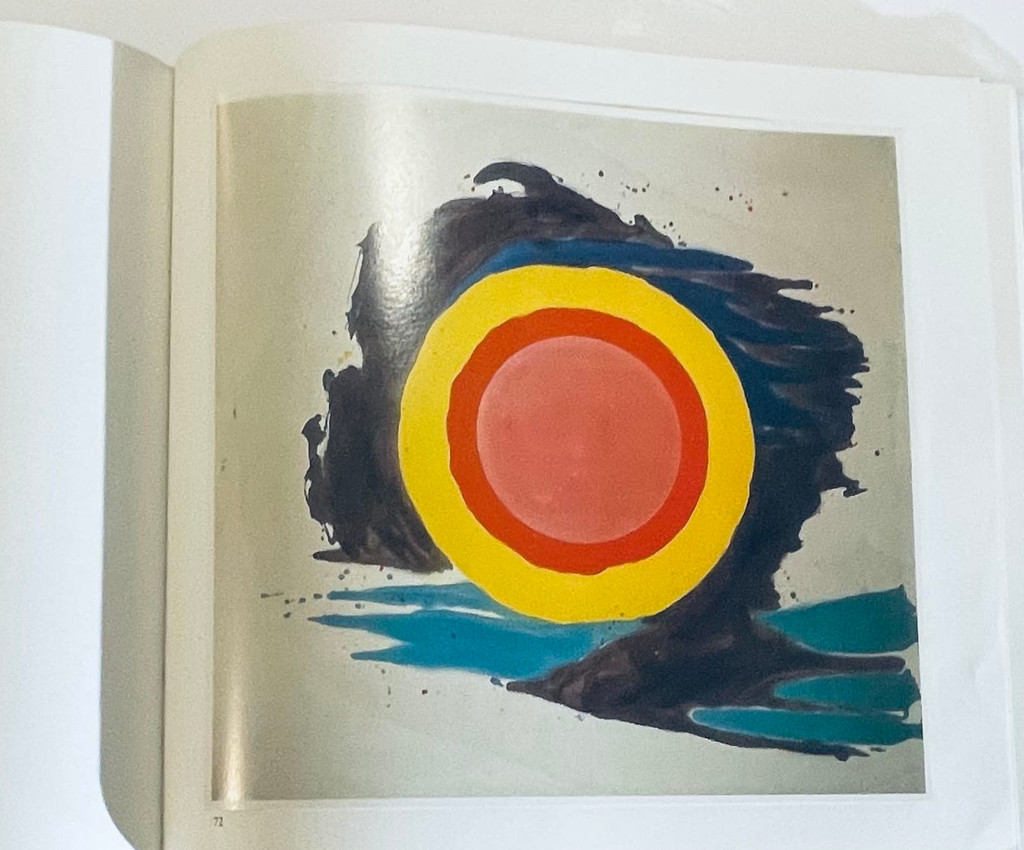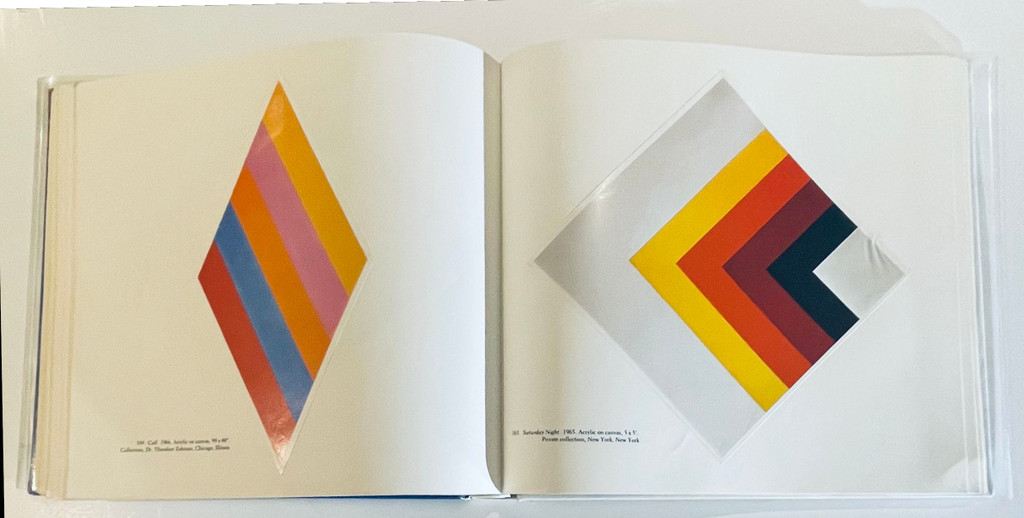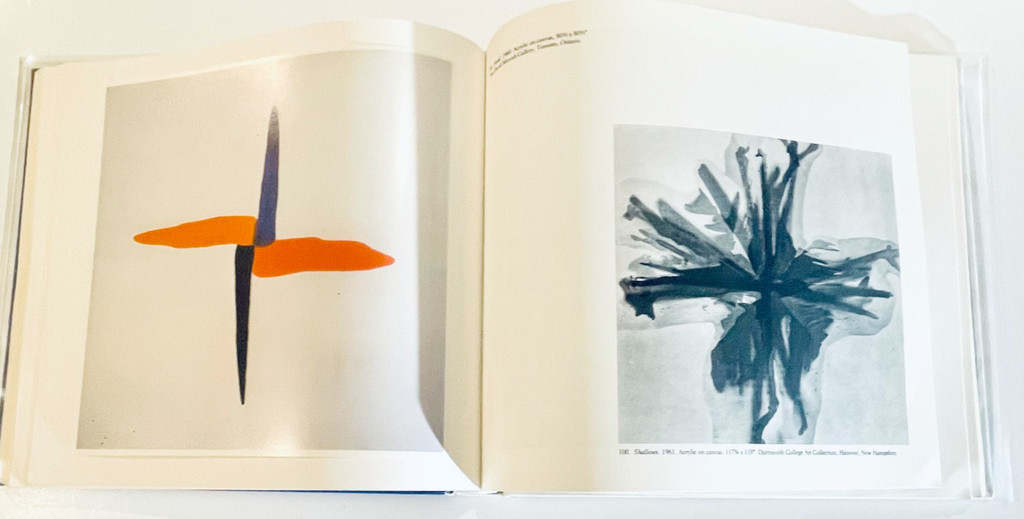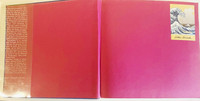
An Educated Collector is Our Best Client
In business for nearly two decades, we are a well established, popular contemporary art boutique specializing in expertly chosen, blue chip prints, multiples, uniques, books, ephemera and merchandise at different price points, with a focus on the secondary market. Please click on the "Contact Us" button at the bottom of this page for questions about any work, pricing and/or to arrange to visit our showroom/gallery - located in between Manhattan's Flatiron and Chelsea Flower Districts.
Kenneth Noland, KENNETH NOLAND (hand signed and warmly inscribed to artist Arthur Secunda), 1977
CONTACT GALLERY FOR PRICE
Description
Kenneth Noland
KENNETH NOLAND (hand signed and warmly inscribed to artist Arthur Secunda), 1977
Hardback monograph (hand signed and warmly inscribed to renowned artist Art Secunda)
Warmly signed, dated and inscribed to Arthur Secunda by Kenneth Nolan on the half title page
11 × 11 1/2 × 2 inches
Unframed
Provenance:
From the library of Arthur Secunda
This lavishly illustrated hardback monograph with dust jacket is hand signed, dated and inscribed to artist Arthur Secunda by Kenneth Nolan on the half title page.
The inscription reads:
For my dear friend Art Secunda
With love-
Ken 18 Dec 1977
Book information:
Publisher: Harry N. Abrams; First Edition (January 1, 1977)
English; Hardcover; 240 pages with color illustrations
About Kenneth Noland:
A major contributor to both Color Field Painting movement and the Washington Color School, Kenneth Noland, along with Helen Frankenthaler and Morris Louis, was an early pioneer of the stain-painting technique. Noland was born in 1924 in Asheville, South Carolina, and was introduced to painting early by his father, who was an amateur artist. Following high school, Noland in 1942 enlisted in the US Air Force, serving for almost four years. After his tour of duty, he took advantage of the G.I. Bill to enroll at the acclaimed Black Mountain College, near his hometown.
Noland benefited from the college’s diverse and accomplished faculty, but was particularly influenced by Ilya Bolotowsky and Josef Albers, who together introduced him to such current artistic modes as geometric abstraction and Neo-Plasticism. After two years at Black Mountain, Noland went to Paris, France, to study with sculptor Ossip Zadkine before settling in the Washington, DC, area. There he supported himself by teaching while he situated himself in the greater DC art scene. He soon met Morris Louis, with whom in 1953, under the auspices of critic Clement Greenberg, he visited the New York studio of Helen Frankenthaler. Frankenthaler’s revolutionary method of using thinned pigment on raw canvas inspired Noland, and he adopted the technique in his own work.
Noland first began making and exhibiting his iconic “Circle” series—square canvases featuring concentric circles in various saturated colors—during the late 1950s, and in the early 1960s he expanded his image repertoire to include centrally positioned chevrons. His work attracted international attention in 1964, when it was included in Greenberg’s Post-Painterly Abstractionexhibition at the Los Angeles County Museum of Art, and his paintings also appeared in the Venice Biennale, where they were shown alongside contributions by Robert Rauschenberg and Jasper Johns.
During the 1960s Noland spent an increasing amount of time in rural Vermont, where he was in touch with the artistic community of Bennington College. Fellow artists Jules Olitski and Anthony Caro both taught there, and he formed close friendships with them. Noland continued experimenting with color and composition in his work until his death in 2010. His importance to postwar American painting, as well as his preference for highly recognizable motifs, has led many important collections to acquire his work, among them the Solomon R. Guggenheim Museum, New York; the Hirshhorn Museum and Sculpture Garden, Washington, DC; the Kunstmuseum, Basel; and the Tate Gallery, London.
Courtesy of Yares Art
About Arthur Secunda:
Arthur Secunda (November 12, 1927, Jersey City, New Jersey – August 30, 2022) was an American painter, sculptor, and printmaker. Secunda had his first one-man show in 1950 at the Galerie Lucien Gout in Montpellier. His works hang in the permanent collections of institutions worldwide including the Museum of Modern Art in New York, the Library of Congress in Washington, DC, the Chicago Art Institute, the Honolulu Academy of Fine Arts, and the Detroit Art Institute.
Secunda was one of the mail artist Ray Johnson's first correspondents and the man to whom Johnson traced the beginnings of his work in Correspondence Art. Johnson sent his school friend drawings of female movie stars after Secunda's family moved away from Detroit in 1943
Secunda died on August 30, 2022, aged 94.



